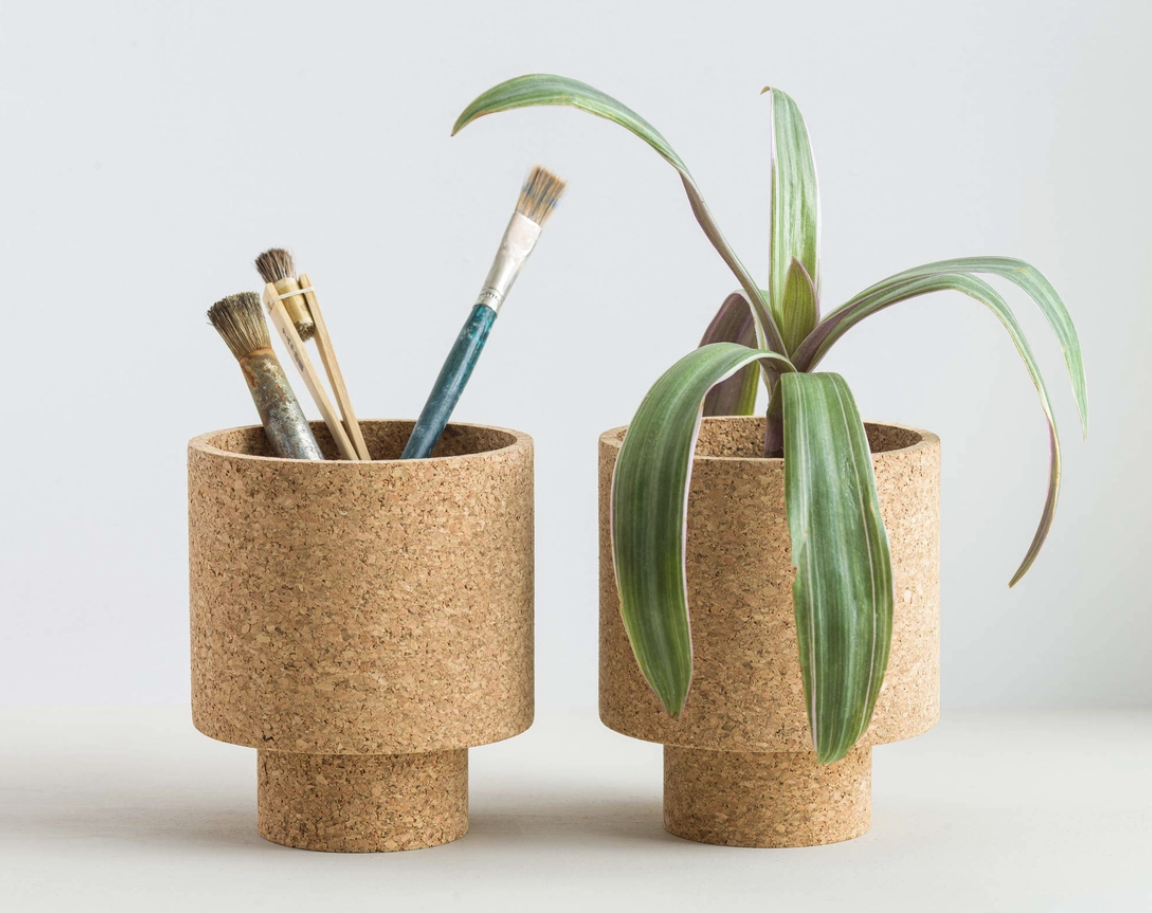

Adopting environmentally-friendly practices and reducing our carbon footprint is always on our minds here at Faire. The same is true for many of the brands we work with. In fact, we’re proud to work with plenty of sellers and retailers who make it their mission to operate sustainable businesses.
If you, like many of our partners, want to reduce your impact on the planet, you might be wondering where to start. But with a few small steps, you can make a big difference. Here are some tips to get you started.
1. Source sustainable materials and ingredients
Reducing your carbon footprint starts with the materials put into your products. It’s important to prioritise locally sourced, biodegradable materials, and avoid using anything that arrives in plastic packaging. You can even source materials that are created with renewable energy such as wind energy. Just as your customers want to buy sustainable products, it’s also important to be conscious of your own buying choices.
To achieve this, consider sourcing products that are free from toxic ingredients and choosing organic or recycled materials. You could also replace plastic with silicone, which has a much lower environmental impact. Alternatively, use materials such as high-quality stainless steel, organic cotton or bamboo.
2. Consider eco-friendly packaging
You can reduce your carbon footprint by offering more eco-friendly packaging, like recyclable or biodegradable materials such as reusable bags or cardboard boxes. Of course, this won’t be possible for all products, but it can make a big difference to choose sustainable packaging for those that don’t require plastic.
It’s also important to pay attention to the packaging you use to ship orders. Try to avoid postage envelopes that use plastic bubble lining, styrofoam filling like packing peanuts, and plastic wraps. Finally, cut down on waste by using compact packaging that matches the size of the product, rather than one standard large box for all shipments.
Learn more by reading our eco-friendly packaging guide here.
3. Reduce waste
In addition to using eco-friendly materials, it’s equally important to reduce the amount of waste produced during manufacturing. A great way to do this is to package your products with repurposed materials that would otherwise be thrown away. This ‘upcycling’ can make your packaging more sustainable and lends a more intimate, distinctive feel to your product that customers are sure to love.
You should also try to use as much of the materials and products you buy as possible to reduce unnecessary waste. Remember, recyclable or biodegradable waste is good – but zero waste is better.
It’s also important that your workplace is as eco-friendly as possible. That could involve recycling, using compostable rubbish bags, refillable soap dispensers, or bamboo toilet paper. Use reusable or recyclable bags for in-store orders and offer emailed receipts to avoid excess waste. Avoid single-use plastics on displays where possible and opt instead for stands made of wood or bamboo and labels made of recycled cardboard.
4. Offer repairs or replacements
Another key way of staying sustainable is to ensure products last a long time after customers have bought them. The less frequently consumers need to replace items, the less waste is created. One way to do this is to offer free or discounted repairs or replacement parts.This is great for sustainability and helps keep your customers happy – everyone’s a winner.
You could also set up a second-hand or resale programme that offers used goods to customers at a discounted price, further avoiding waste.
5. Make the margins work for your business
Creating products using sustainable materials can be more costly than when using more harmful alternatives like plastic. The creation process is also often longer as you work to find the best solutions and test your product. However, this shouldn’t necessarily deter you from embracing environmentally friendly solutions.
Research shows eco-conscious consumers aren’t as concerned with higher price points. In fact, a third of UK consumers state they’re willing to pay up to 25% more for sustainable products. So, rather than shying away from sustainable but potentially costly solutions, consider how you can review your prices to offset the cost of materials and production while keeping your customers happy in the process.
Start small, think big
We know that being environmentally-friendly and sustainable can be hard for small businesses. While few sellers will be able to implement all of the advice we’ve given, most companies will only be able to get started with some of it.
When it comes to being sustainable, it can be helpful to start small so you don’t get overwhelmed. Don’t make perfect the enemy of good – take it one step at a time.




